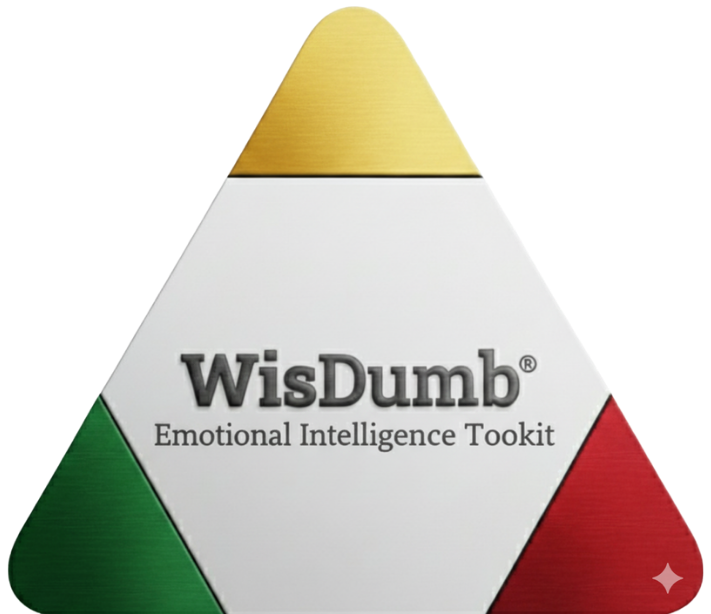Understanding Emotional Intelligence (EI)
Emotional Intelligence refers to the capacity to perceive, comprehend, manage, and constructively utilize emotions—both in oneself and in interactions with others—to achieve individual and collective goals. In the workplace, it's the ability to intelligently apply emotional information to enhance interpersonal effectiveness and drive positive outcomes.
Defining EI in Management
Pioneering researchers Salovey and Mayer (1990) defined EI as “the ability to monitor one's own and others' feelings and emotions, to discriminate among them and use this information to guide one's thinking and actions.”
Within management, EI means recognizing and managing your own emotional states while being attuned and responsive to the emotions of your team. It's not just about being 'nice'; it's about smart emotional application.
2x
EI can be twice as important as IQ and technical skills for workplace success (Goleman).
Foundational EI Models
Different theories provide frameworks for understanding EI. Two prominent ones are:
| Feature | Mayer, Salovey, & Caruso (Ability Model) | Goleman (Performance/Mixed Model) |
|---|---|---|
| Core Definition | EI as a distinct mental ability to process and use emotional information; a form of intelligence. | EI as a cluster of skills, competencies, and personality traits crucial for workplace success and leadership. |
| Key Components | 1. Perceiving Emotions 2. Using Emotions to Facilitate Thought 3. Understanding Emotions 4. Managing Emotions |
Original: Self-Awareness, Self-Regulation, Motivation, Empathy, Social Skills. Refined: Self-Awareness, Self-Management, Social Awareness, Relationship Management. |
| Primary Application | Cognitive ability testing, academic research. | Workplace performance, leadership development. |
Goleman's mixed model is widely adopted in business for its practical approach to development.
The Five Pillars of Emotional Intelligence
Daniel Goleman's widely popularized framework identifies five core components that form the bedrock of EI. These pillars are interconnected and build upon each other, starting with self-awareness.
💡Self-Awareness
Recognizing your own emotions, strengths, weaknesses, values, and their impact on others. It's the foundation of EI.
⚖️Self-Regulation
Managing your emotions and impulses effectively. Thinking before acting, especially under pressure.
🔥Motivation (Internal)
An intrinsic passion for work beyond external rewards. A drive to achieve and improve with energy and persistence.
🤗Empathy
Understanding others' emotional experiences and perspectives. "Putting yourself in their shoes."
🤝Social Skills
Proficiency in managing relationships, building networks, and finding common ground to build rapport and influence.
The Synergistic Flow of EI Components
These components are not isolated; they build upon each other. Understanding your own emotions is key to managing them, which in turn allows for better understanding and interaction with others.
All fueled by: Internal Motivation
The Ascendancy of High EI in Management
Managers with high emotional intelligence possess a distinct advantage, translating their emotional understanding and management into tangible benefits for their teams and organizations.
Enhanced Communication
Clear, respectful, empathetic dialogue. Active listening and accurate interpretation of cues reduce misunderstandings.
Masterful Conflict Resolution
Navigate disagreements constructively, manage own emotions, and facilitate mutually beneficial solutions.
Cultivated Trust & Cohesion
Build strong interpersonal bonds and team unity through consistency, reliability, and empathy.
Driven Team Motivation
Inspire and engage teams by understanding needs, fostering a positive environment, and aligning goals.
Sound Decision-Making
Make thoughtful, balanced choices by managing emotions and considering diverse perspectives and impacts.
Positive Work Culture
Shape an inclusive, psychologically safe environment that encourages collaboration and innovation.
$29,000+
Employees with high EQ can earn significantly more annually due to better problem-solving, conflict resolution, and communication.
The Perils of Low EI in Management
Conversely, a deficiency in emotional intelligence within managerial roles can lead to a cascade of negative consequences, undermining team effectiveness and organizational health.
Communication Deficits
Misinterpretations, dismissiveness, and unclear messaging lead to frustration and inefficiency.
Conflict Escalation
Impulsive reactions and lack of empathy worsen disagreements and damage team dynamics.
Eroded Trust & Morale
Inconsistency and lack of support lead to disengagement, cynicism, and low morale.
Impaired Judgment
Impulsive, biased decisions driven by unmanaged stress stifle productivity and lead to poor outcomes.
Increased Turnover
Toxic environments created by low-EI managers drive away valuable talent.
Toxic Work Environments
Lack of respect and disregard for well-being damage reputation and hinder growth.
High vs. Low EI: A Tale of Two Managers
The contrast in managerial behaviors between those with high and low emotional intelligence is stark, directly impacting team performance and workplace atmosphere.
| Managerial Competency | High EI Managerial Behavior | Low EI Managerial Behavior |
|---|---|---|
| Communication | Clear, empathetic, respectful dialogue; active listening; tailors message. | Misinterprets cues; dismisses concerns; aggressive or unclear communication. |
| Conflict Resolution | Navigates conflicts constructively; empathizes; facilitates mutual solutions. | Escalates conflicts; reacts impulsively; resorts to blame. |
| Team Motivation | Inspires by understanding needs; fosters positive environment; drives engagement. | Fails to inspire; demotivates; creates disengagement. |
| Decision-Making | Thoughtful, balanced decisions; manages own emotions; considers impact. | Impulsive decisions; lacks objectivity; fails to consider team impact. |
| Relationship Building | Builds trust and rapport through consistency and empathy; fosters cohesion. | Erodes trust; perceived as unreliable; poor team cohesion. |
| Culture Impact | Creates positive, inclusive, psychologically safe culture; encourages collaboration. | Contributes to toxic environment; fosters fear and cynicism. |
EI: The Bedrock of Effective Leadership Styles
Emotional intelligence is not just an add-on; it's fundamental to the most effective leadership styles, shaping how leaders interact, decide, and drive performance.
| Leadership Style | Key Characteristics | Typical EI Level | Key EI Components | Impact on Team Management |
|---|---|---|---|---|
| Transformational | Inspires vision, motivates, individualized consideration | High | Self-Awareness, Empathy, Motivation, Social Skills | High engagement, innovation, trust, development |
| Resonant | Creates positive emotional climate, synchrony with team | High | Self-Awareness, Self-Management, Social Awareness, Relationship Management | Enhances cohesion, motivation, positive atmosphere |
| Democratic | Involves team in decisions, open communication | High | Empathy, Social Skills, Social Awareness | Increases engagement, collaboration, better decisions |
| Coaching | Focuses on personal and professional development | High | Empathy, Self-Awareness, Social Skills (feedback) | Fosters skill development, long-term performance |
| Dissonant | Creates negative emotional impact, fear, mistrust | Low | Lack of Self-Management, Social Awareness, Relationship Management | Decreases morale, productivity; toxic atmosphere |
| Authoritarian (Ineffective) | Centralized control, fear-based motivation, resists feedback | Low | Low Empathy, Self-Regulation, Openness | Low engagement, stifles creativity, high turnover |
| Laissez-Faire (Unsupported) | Hands-off without adequate support or clarity | Variable/Low | Lack of EI to provide support/clarity when needed | Can lead to low productivity, lack of direction if not managed with EI |
Effective leadership styles are amplified by high EI, while low EI often underpins ineffective or detrimental approaches.
Cultivating Your EI: A Path to Growth
The great news? Emotional Intelligence is not fixed. It's a set of skills that can be learned and developed through conscious effort, thanks to the brain's neuroplasticity.
The Power of Neuroplasticity
Your brain can reorganize itself by forming new neural connections throughout life. Focused practice of emotional skills can "rewire" pathways, enhancing your EI capabilities.
Return on Investment
Investing in EI development isn't just personal growth; it's strategic. Studies show significant ROI for organizations from EI training programs due to improved productivity and retention.
Actionable Strategies for EI Development
- Mindfulness & Meditation: Observe internal states non-judgmentally.
- Journaling: Reflect on emotions, thoughts, and responses.
- Seek Constructive Feedback: Use 360-degree assessments or ask trusted colleagues.
- Name Emotions: Consciously identify and label feelings as they arise.
- Reflect on Experiences: Analyze past situations and emotional responses.
- Mindfulness for Impulse Control: Pause before reacting (e.g., deep breathing).
- Cognitive Reappraisal: Reframe negative situations constructively.
- Distress Tolerance Skills: Develop healthy coping mechanisms.
- Identify Personal Triggers: Understand and manage "hot buttons."
- Practice Calm, Assertive Communication: Express yourself effectively under pressure.
- Set Meaningful Goals: Small, measurable, and aligned with values.
- Focus on Intrinsic Satisfaction: Find joy in the task itself.
- Celebrate Progress: Acknowledge achievements, big or small.
- Align Work with Personal Values: Connect tasks to what's important to you.
- Seek Challenges: Maintain interest and foster growth.
- Active Listening: Pay full attention, understand verbal/non-verbal cues.
- Perspective-Taking Exercises: See situations from others' viewpoints.
- Engage with Diverse Individuals: Broaden understanding of human experiences.
- Practice Loving-Kindness Meditation: Cultivate compassion.
- Observe Emotional States: Pay attention to others' body language and tone.
- Practice Clear Communication: Articulate thoughts, ask open-ended questions.
- Conflict Management Training: Learn constructive approaches.
- Build Rapport Actively: Establish common ground and positive connections.
- Provide Constructive Feedback & Mentor: Guide and develop others.
- Observe Socially Skilled Individuals: Learn from effective communicators.
Organizational support through training, coaching, mentoring, and fostering a feedback-rich culture significantly accelerates EI development.
Emotional Intelligence: The Keystone of Managerial Excellence
EI is not just a desirable trait but a fundamental competency that underpins nearly every aspect of effective management. From fostering communication and resolving conflicts to motivating teams and making sound decisions, emotional intelligence is the common thread.
Investing in EI development is investing in resilient, adaptive, and human-centered leadership, crucial for thriving in the complexities of the modern workplace.
Begin Your EI Journey
